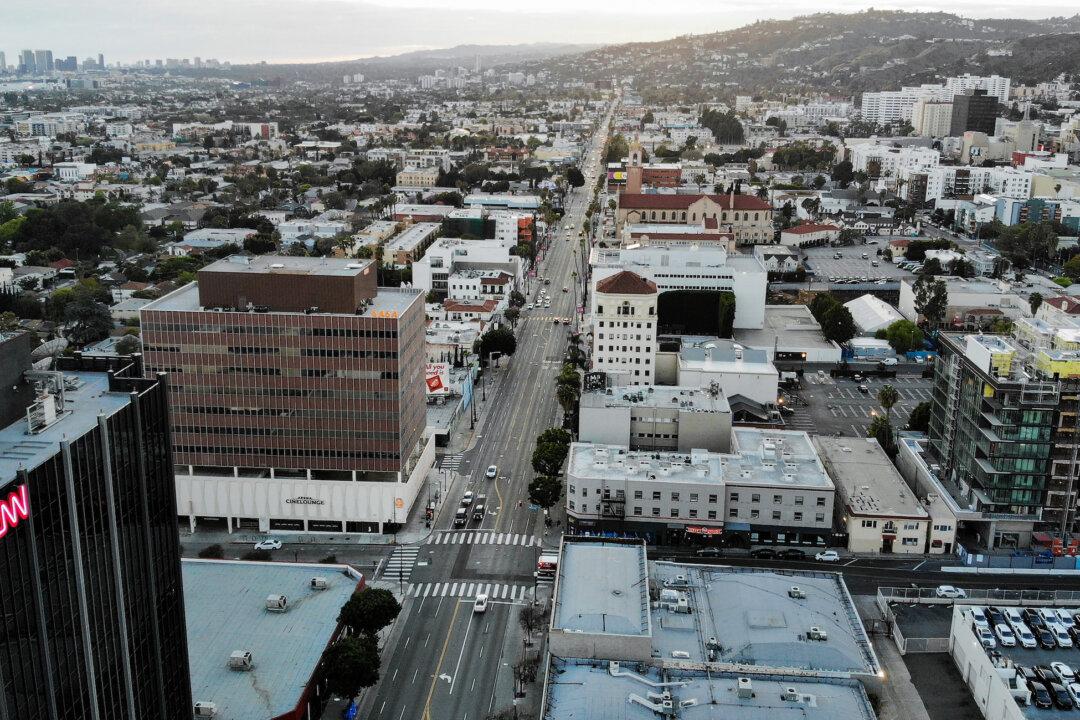Commentary
With so much else going on in politics lately, it’s worth it to return to the main obsession of California politicians during normal times: climate change. Some items:

With so much else going on in politics lately, it’s worth it to return to the main obsession of California politicians during normal times: climate change. Some items: